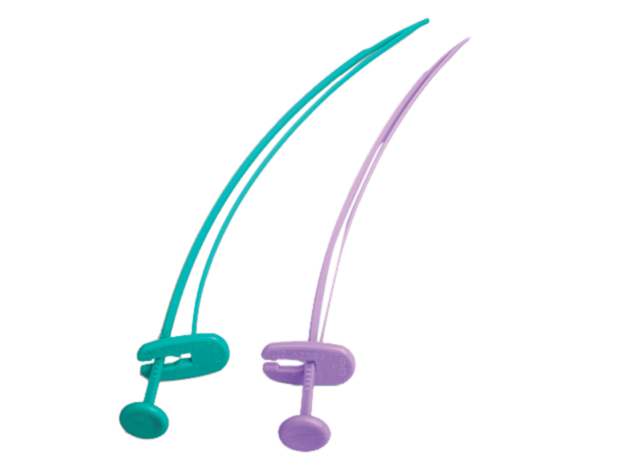
There are many types of medical equipment available to help patients who need assistance with their breathing. One such type of equipment is an endotracheal tube, which is a tube that goes down the patient's throat in order to help them breathe. In this article, we'll be taking a closer look at Parker Flex it stylets, which are a type of endotracheal tube.
| Ref. No.: | Size: | Color Code: |
|---|---|---|
| NMR103017 | 5.0 | Pink |
| NMR103019 | 5.5-6.0 | Dark Blue |
| NMR103021 | 6.5-7.0 | Light Green |
| NMR103023 | 7.5-8.0 | Dark Blue |
There are many types of medical equipment available to help patients who need assistance with their breathing. One such type of equipment is an endotracheal tube, which is a tube that goes down the patient's throat in order to help them breathe. In this article, we'll be taking a closer look at Parker Flex it stylets, which are a type of endotracheal tube.
An endotracheal tube is a medical device that is inserted into the trachea (windpipe) to maintain an open airway. It is commonly used in patients who are unable to breathe on their own or who need assistance with ventilation. The endotracheal tube is connected to a ventilator, which provides the necessary air pressure to keep the patient breathing.
There are several different types of endotracheal tubes, and the one that is best for a particular patient depends on the individual's needs. One type of endotracheal tube is the Parker Flex it Stylet. This type of tube is designed to be flexible and easy to insert, making it ideal for patients who have difficulty tolerating rigid tubes. The Parker Flex it Stylet also has a built-in stylet that helps guide the tube into the correct position. Once in place, the stylet can be removed, leaving the tube in place. This type of tube is often used for short-term ventilation or for patients who are at risk for dislodging their tubes.
There are many different types of endotracheal tubes available on the market. Each type has its own advantages and disadvantages. Here is a brief overview of some of the most popular types of endotracheal tubes:
1. Parker Flex it Stylet: This type of endotracheal tube is made from a flexible material that allows it to be easily inserted into the trachea. The stylet also helps to keep the tube in place once it is inserted.
2. Rigid endotracheal tube: This type of endotracheal tube is made from a rigid material that makes it more difficult to insert into the trachea. However, this type of tube is less likely to move around once it is in place.
3. Cuffed endotracheal tube: This type of endotracheal tube has a cuff that inflated once the tube is inserted. This helps to keep the tube in place and prevents air from leaking around it.
4. Uncuffed endotracheal tube: This type of endotracheal tube does not have a cuff. It is easier to insert into the trachea but may not stay in place as well as a c
The Parker Flex it Stylet R is a great choice for those looking for a reliable and comfortable endotracheal tube. This tube is designed to provide a secure fit and features a soft, flexible tip that is easy to insert. The Parker Flex it Stylet R also features a built-in stylet that helps to keep the tube in place during insertion.
If you're looking for an endotracheal tube that offers both flexibility and comfort, the Parker Flex it Stylet R is a great option. This tube is designed to provide optimal patient care, while also being easy to use for clinicians. Here are some of the benefits of the Parker Flex it Stylet R:
1. The tube is made from a soft, flexible material that is comfortable for patients.
2. The tube is designed to minimize the risk of kinking or collapsing.
3. The tube has a built-in stylet that makes it easy to insert and remove.
4. The tube is radio-opaque, making it easy to see on X-rays or CT scans.
5. The tube comes with a built-in pressure relief valve that helps prevent over-inflation.
6. The tube has a small diameter tip that minimizes trauma to the airway.
7. The tube comes with a detachable coupling that allows it to be connected to various types of ventilators.
The Parker Flex it Stylet R is a great tool for those who need to intubate patients on a regular basis. This stylet is designed to be used with the Parker Endotracheal Tube and can be a great addition to your intubation kit. Here are some tips on how to use the Parker Flex it Stylet R:
1. Make sure that the Parker Endotracheal Tube is inserted properly into the patient's trachea before inserting the stylet.
2. Insert the stylet into the tube until it reaches the distal tip of the tube.
3. Use the stylet to guide the tube into the trachea while maintaining gentle pressure on the handle.
4. Once the tube is in place, remove the stylet and secure the tube in place.